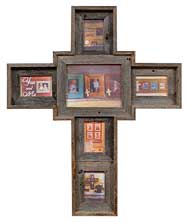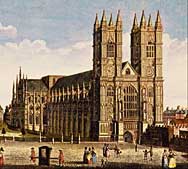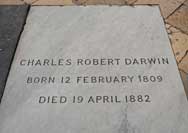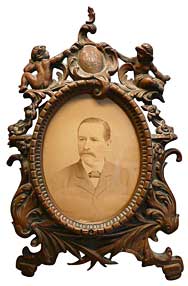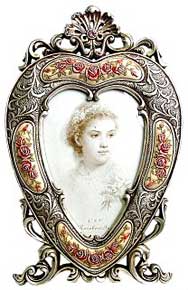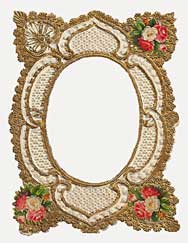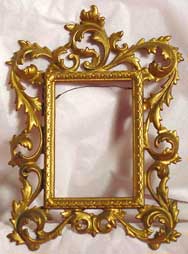Picture in Cruciform Frame
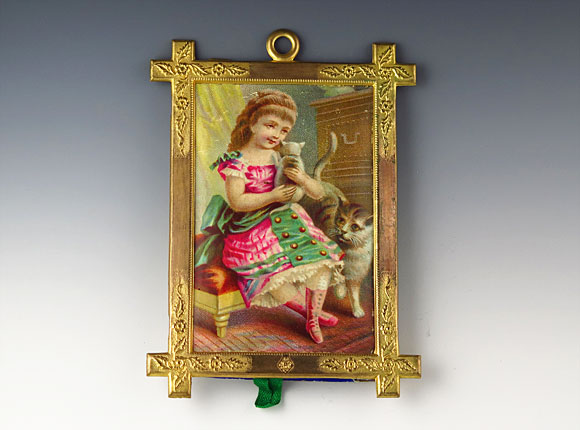
Needle case
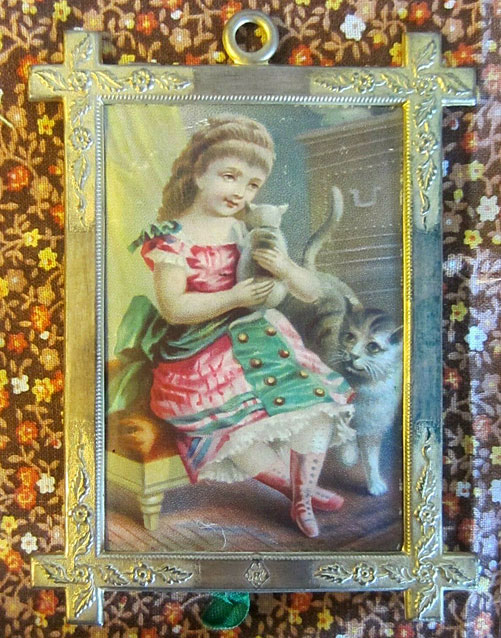
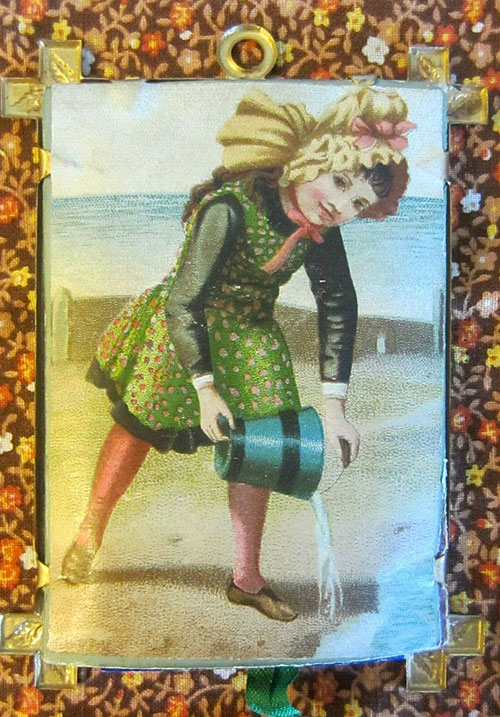
Front and back showing pasteboard insert with girl and cats on the front and girl at the beach with a bucket of water on the back)
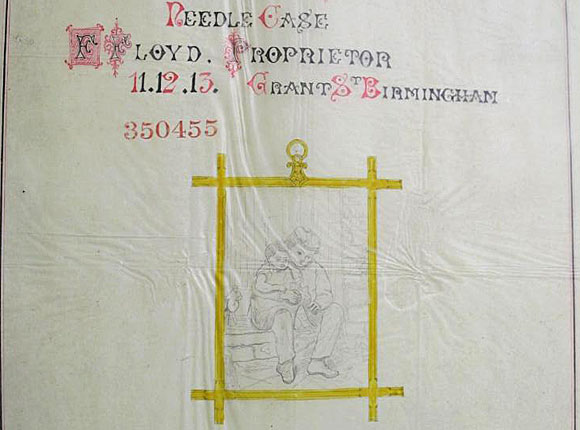
Design Representation
Design Details
Needle Case Type: |
Figural |
Patent/Registered to: |
F. Floyd - Birmingham |
Patent/Design Representation #: |
Ornamental Class 1: Metal: #350455 |
Patent/Design Registration Date: |
June 5, 1880 |
Location of Patent/Design Registration: |
The National Archives (TNA) - Kew, UK |
Reference #: |
TNA Representation - BT 43/47/350455 |
Dimensions: |
10.5 x 7.5 cm |
Material: |
Brass frame with pasteboard insert which has chromolithographic prints on the exterior and needle packets holders on the interior |
Name Variations: |
Unmarked |
Other Variations: |
a) Pasteboard insert with girl and cats on the front and girl at the beach with a bucket of water on the back |
Additional Photographs
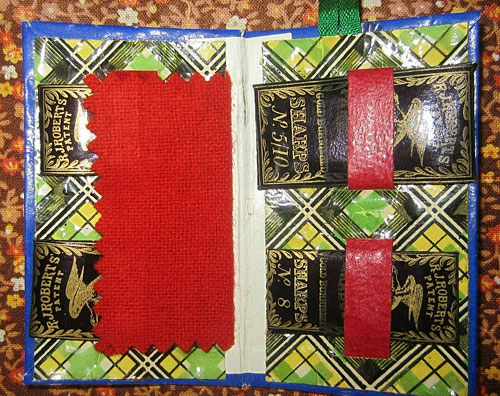
Interior of the pasteboard insert with needle packet holders
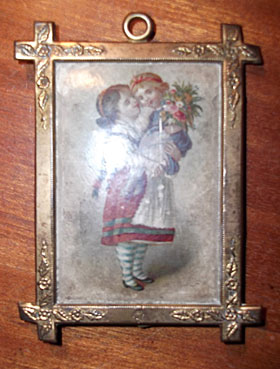

Version with pastebaord insert with two girls and flowers on the front and a vase of flowers on the back (photographs courtesy of David Chatterley)
Thank you
A special thank you goes to David Chatterley of Headless Cross for sharing with me photogrpahs of his needle case that he felt was the Picture in Cruciform Frame. Because I had never seen it before, at first I questioned its authenticity especially since I have discovered a number of items that have been missclassified as Avery needle cases in the past. However, I did notice it pretty much matched the patent drawing, although David was unable to read the diamond registration mark on the actual needle case. As I result, I decided to do a bit more research and within days discovered the exact same needle case for sale online except the pasteboard interior had different chromolithographic prints. More importantly photos of this version were quite clear and I was able to read two parts of the diamond registration mark which matched with the patent. I therefore purchased the item and when it arrived discovered I could read all three parts of the registration mark and now knew this needle case was the Picture in Cruciform Frame. Without David having brought this to my attention I never would have considered this item and for that I am very grateful to David. I first met David at his home in Headless Cross in 2017 when my friend Raymond McLaren introduced us because Ray knew we had a shared interest. Therefore a special thank you goes to Ray as well. Below are photos of Terry with David and with Ray which were taken during her 2017 and 2018 trips to Redditch.
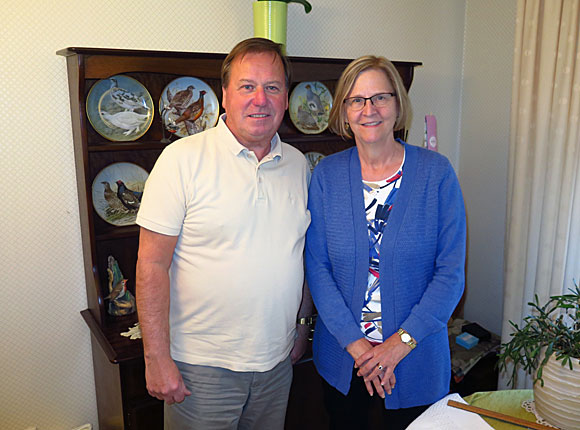
Terry with David Chatterley, 2017.
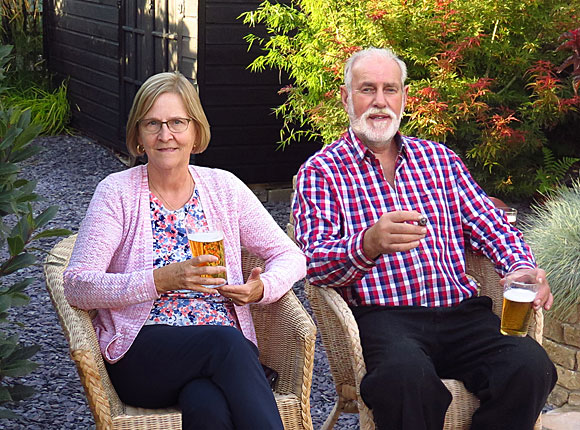
Terry with Raymond McLaren toasting to William Avery, 2018.





